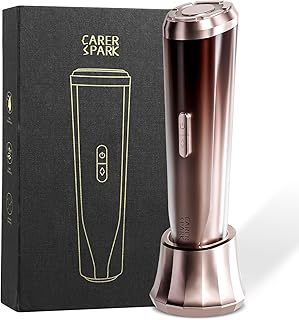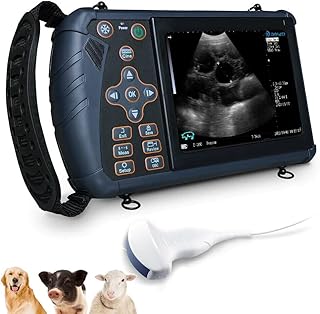Phantom-based training of ultrasound-guided breast biopsy in medical education has been a subject of interest in a recent study comparing handheld ultrasound devices (HUDs) to high-end ultrasound scanners. The study aimed to assess the performance of novice medical students in conducting US-guided breast biopsies using HUDs and high-end ultrasound scanners. The use of HUDs in medical education has been gaining popularity due to their portability, ease of use, and cost-effectiveness.
The research involved 32 medical students with no prior experience in performing US-guided biopsies. They were randomly assigned to either the HUD-group or the high-end ultrasound (HEUS) group. After a video training session, participants performed US-guided biopsies on a breast phantom using either a HUD or a HEUS. The primary outcomes measured were performance times and success rates of the biopsies. The HUD group showed slightly higher biopsy success rates compared to the HEUS group, with no significant difference in performance times.
The study also assessed the participants’ subjective experiences using Likert scale ratings and NASA Workload Task Load Index. The results indicated that the HUD group rated comfort and safety similar to the HEUS group, with no significant differences in the perceived workload. These findings suggest that HUDs are feasible tools for percutaneous biopsy training in medical education, showing comparable performance to HEUS guidance.
The use of HUDs in medical education represents a shift towards more accessible and cost-effective training tools. The study highlighted the potential of HUDs to enhance undergraduate ultrasound training, providing hands-on experience in US-guided procedures. The findings support the integration of HUDs in medical curricula to improve students’ proficiency in ultrasound skills.
The study emphasized the importance of structured training programs in ultrasound imaging and interventional procedures for medical students. The results indicated that HUDs can be valuable tools for peer-to-peer or near-peer education, offering students early exposure to US-guided procedures. The cost-effectiveness and ease of handling of HUDs make them attractive options for medical education, potentially addressing workforce shortages in interventional radiology.
Future research should focus on the long-term retention of ultrasound skills acquired through HUD training, the development of standardized training protocols, and the potential integration of artificial intelligence for guidance in US procedures. Overall, the study underscores the value of incorporating HUDs in medical education to enhance students’ ultrasound skills and prepare them for clinical practice.
📰 Related Articles
- Ultrasound Therapy Shows Promise in Treating Liver Cancer: Study
- Study Shows Success in Repairing Massive Rotator Cuff Tears
- Study Shows Signal Priority Boosts Job Accessibility in Warsaw
- Study Shows Resilience Project Boosts Student Mental Health Long-Term
- Study Shows Prehospital Ultrasound Enhances Trauma Care Outcomes






